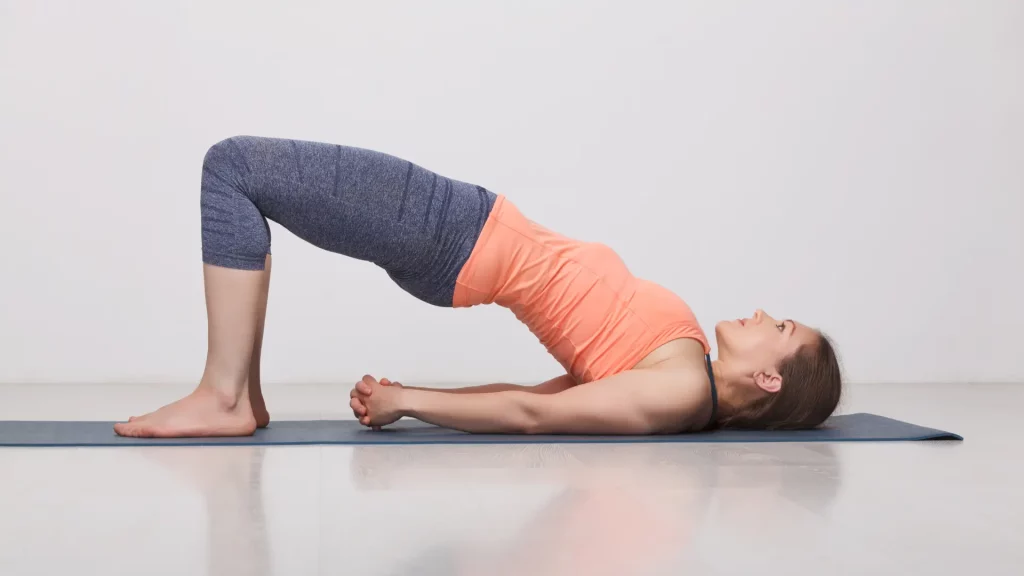Leaking urine is more than just an inconvenience and confidence killer…it’s your body’s way of signaling that it needs help. Bladder leakage or urinary incontinence, is the involuntary loss of bladder control, leading to the unintentional release of urine. This condition can lead to a loss of confidence, reduction in social outings, sleepless nights, drain on your finances with the cost of incontinence aids, and even rob you of intimate moments with your partner.
Instead of treating the cause of the symptoms many people will adopt habits to try and reduce urine leakage, like limiting water intake, frequent bathroom trips, or even forcing urine out. Unfortunately, these strategies often backfire, making the problem worse instead of better.
What are the underlying causes of urinary incontinence for women?
Urinary incontinence (UI) in women often stems from a range of underlying factors, many of which are linked to physical changes or stressors on the body. These factors include:
- Pregnancy: The weight of a growing baby puts pressure on the bladder and pelvic floor, often leading to stress incontinence during pregnancy and even postpartum.
- Pelvic Floor Trauma After Vaginal Birth: Childbirth can weaken or damage the pelvic floor muscles, making it harder to control the bladder.
- Menopause: The decrease in estrogen levels during menopause can lead to thinning of the lining of the urethra, weakening bladder control.
- Obesity: Excess body weight increases pressure on the bladder and pelvic muscles, contributing to incontinence.
- Aging: We lose muscle strength and tone naturally as we age, if you don’t actively strengthen these muscles regularly you can suffer with bladder leakage.
- Urinary Tract Infections (UTIs): UTIs can cause temporary incontinence due to irritation and the frequent urge to urinate.
How to Tighten Your Pelvic Floor at Home and Stop Bladder Leakage
Strengthening your pelvic floor is key to overcoming urinary incontinence and living a life free from fear and the limitations of pads, waking at night to pee and planned bathroom trips.
- Kegel Exercises:
Kegels are among the most effective exercises for targeting and strengthening the pelvic floor muscles. Here’s a quick guide:
- Find a Quiet Space: Sit or lie down in a comfortable, distraction-free environment.
- Identify Your Pelvic Floor Muscles: Imagine stopping the flow of urine to locate the right muscles.
- Contract and Lift: Squeeze and lift your pelvic floor, avoiding the tightening of your abdomen, buttocks, or thighs.
- Hold and Release: Maintain the contraction for 5 seconds, then relax for 5 seconds.
- Repeat: Aim for 15 repetitions, performing three sets per session.

- Bridge Pose:
The bridge pose not only strengthens the pelvic floor but also engages your core and glutes:
- Lie on Your Back: Start with your knees bent and feet hip-width apart.
- Lift Your Hips: Inhale, squeeze your buttocks to lift your hips toward the ceiling, and engage your pelvic floor muscles.
- Hold and Lower: Hold for 5 seconds, then lower your hips back down. Repeat 3 x 15 times.

- Pelvic Tilts:
Pelvic tilting helps strengthen your lower back and abdominal muscles, contributing to pelvic floor stability.
- Lie on Your Back: Keep your knees bent and feet flat on the floor.
- Engage Your Core: Tighten your abdominal muscles and tilt your pelvis to press your lower back into the floor.
- Hold and Release: Hold for 5 seconds, then release. Repeat 3 x 15 times.
- Integrate Pelvic Floor Engagement into Daily Life:
Beyond exercises, it’s important to use your pelvic floor muscles throughout the day. Focus on using your pelvic floor muscles throughout the day.
For instance, when rising from a seated position, exhale and engage your pelvic floor by squeezing and lifting. It might take some practice to master this without movement, but once you do, it can become a natural part of your routine.
Practice diaphragmatic Breathing: Essentially this is breathing into your belly or abdominal breathing. Your diaphragm is a muscle and needs to be worked to stay strong. This exercise teaches your diaphragm how to move effectively which works together with other muscles of the core (including the pelvic floor) and can help to strengthen the pelvic floor.
Conclusion
By consistently practicing these techniques and integrating pelvic floor engagement into your daily routine, you can strengthen your pelvic floor, regain control, and live your best life without the limitations of urinary incontinence. Additionally, treatments like the Emsella chair offers another effective option for addressing pelvic floor weakness, helping you achieve your goals more efficiently.
Remember to consult a physiotherapist before starting any new exercise regimen, especially if you have pre-existing health conditions.

